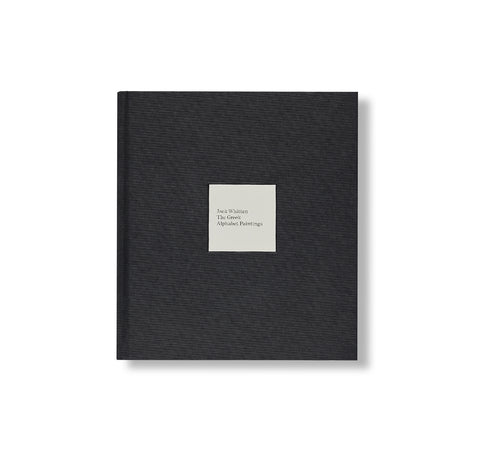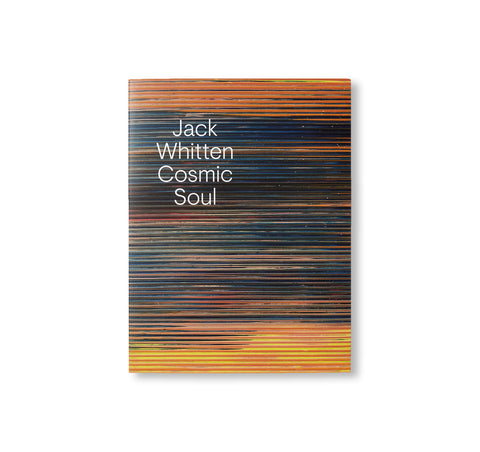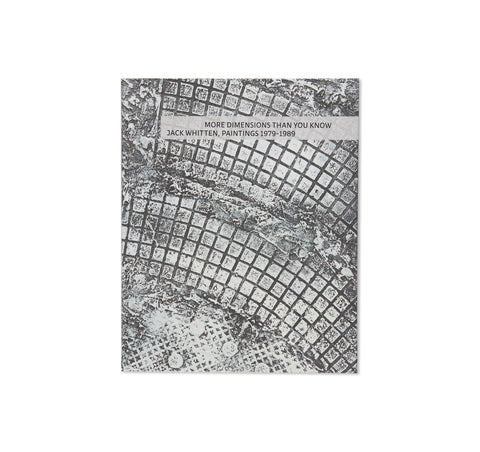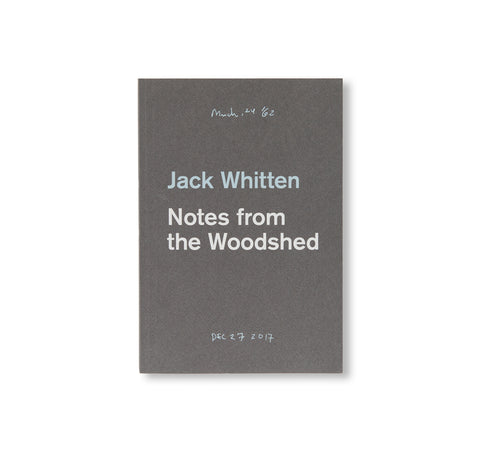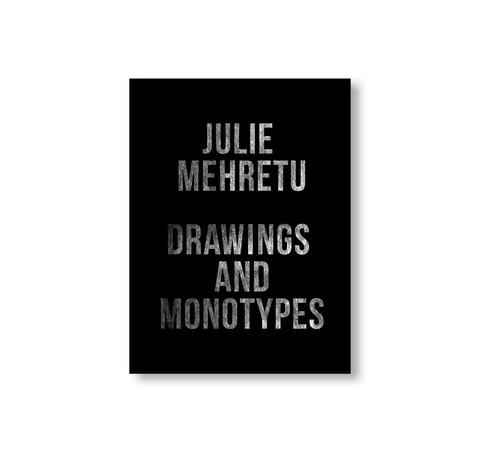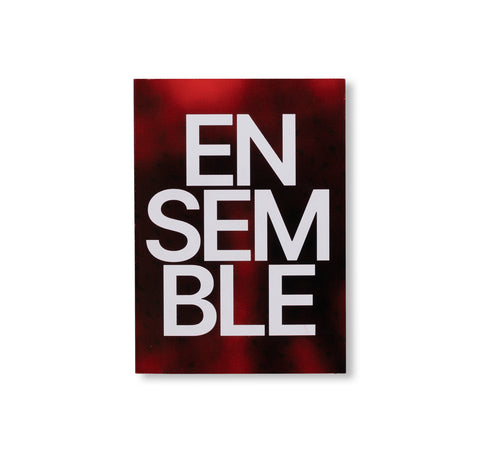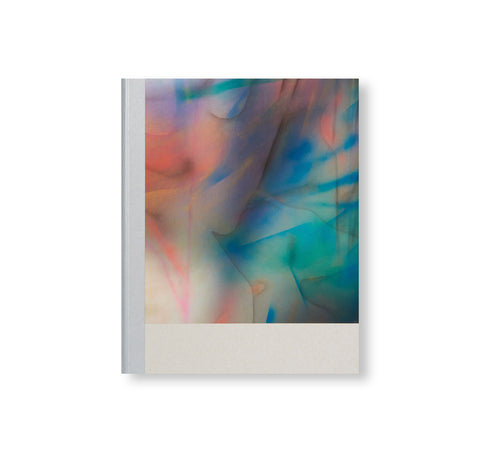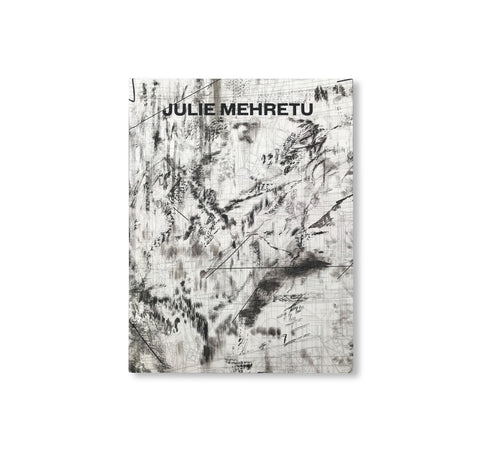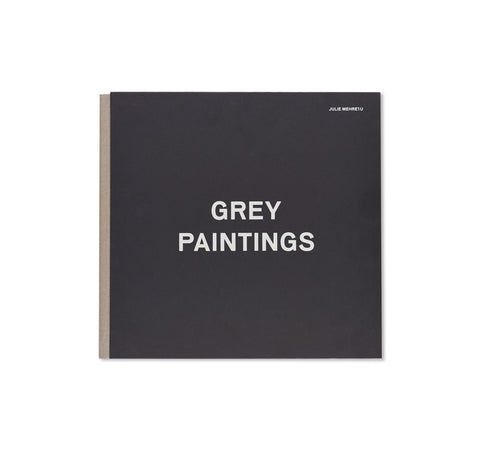THE MESSENGER by Jack Whitten
アメリカ人アーティスト、ジャック・ウィッテン(Jack Whitten)の作品集。2025年3月から8月にかけて「ニューヨーク近代美術館(MoMA)」で開催された展覧会に伴い刊行された。
作者は世界に新しい見方をもたらした。アメリカ南部の人種分離政策下で育った作者は、1960年にニューヨークに移り住み、以後60年以上にわたって、アクリル絵画からアフロ・コーム、静電印刷に至るまで、さまざまな道具や素材を用い、作品制作のためにあえて斬新な技法を発明した。生涯を通じて公民権運動と社会正義運動を提唱し続けた作者は、活動の手段として写実的な芸術作品を制作しなければならないという強大な圧力にさらされていた。しかし、作者は啓示的な抽象芸術の制作を貫き通し、その過程で文化、社会、記憶の間に生じる関係を変えた。
本書の編集を務め、作家でありキュレーター、またアメリカ南部での教師の経験も持つミシェル・クオ(Michelle Kuo)、アーティストであるジュリー・メレツ(Julie Mehretu)やグレン・ライゴン(Glenn Ligon)、脚本家であり俳優、作家のアナ・ディーバー=スミス(Anna Deavere Smith)、作曲家でありパフォーマー、実験音楽研究者であるジョージ・E・ルイス(George E. Lewis)など、各分野で卓越した才能を発揮する面々が寄稿、また、作者の独創的な手法と革新的な素材の使用に関する先駆的な研究、新たに公表されたアーカイヴ写真、資料、そして芸術が自身の 「宇宙への羅針盤」であったと自ら語った唯一無二な旅を振り返る作者自身による文章を収録する。
Edited by Michelle Kuo, with contributions by Glenn Ligon, Julie Mehretu, Anna Deavere Smith, Sampada Aranke, Mark Godfrey, Michael Duffy, Annie Wilker, Dana Liljegren, George E. Lewis, Richard Shiff.
Jack Whitten (1939–2018) offered the world a new way to see. Raised under racial segregation in the US South, Whitten moved to New York in 1960 and, over the next six decades, dared to invent novel techniques for making art, with tools and materials ranging from acrylic paint to Afro-combs to electrostatic printing. A lifelong advocate for Civil Rights and social justice, Whitten was under great pressure to produce realistic art as a means of activism. But he persisted in creating revelatory forms of abstract art—and, in the process, changed the relationship between culture, society, and memory.
Published to accompany the first comprehensive survey of Whitten’s remarkable career, held at The Museum of Modern Art, this beautifully illustrated volume features major contributions by prominent writers, artists, and curators including Michelle Kuo, Julie Mehretu, Glenn Ligon, Anna Deavere Smith, and George E. Lewis; pathbreaking technical studies of Whitten’s ingenious methods and innovative materials; and newly published archival photographs, documents, and the artist’s own writings reflecting on his singular journey—for which art, he said, was his “compass to the cosmos.”
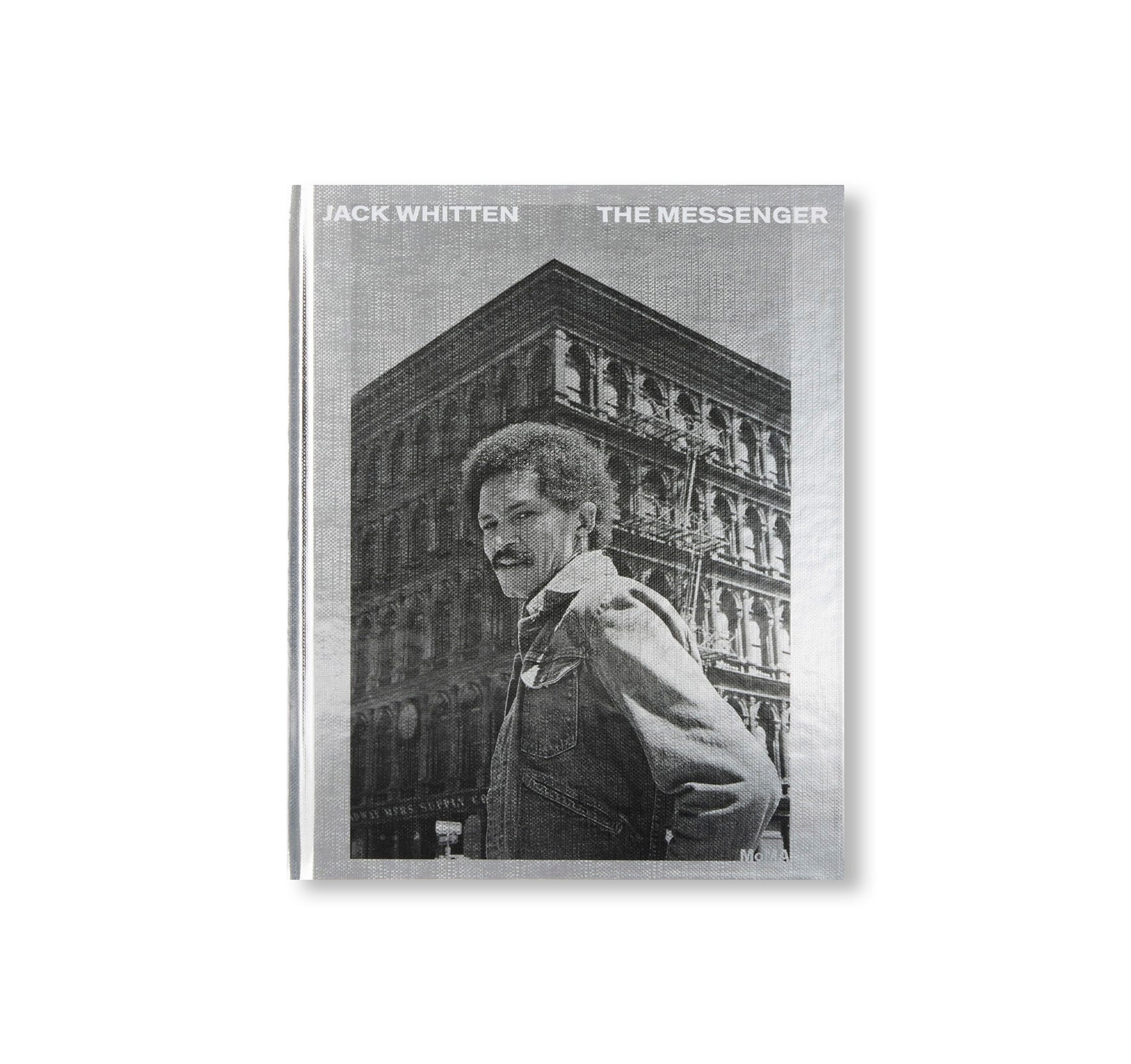

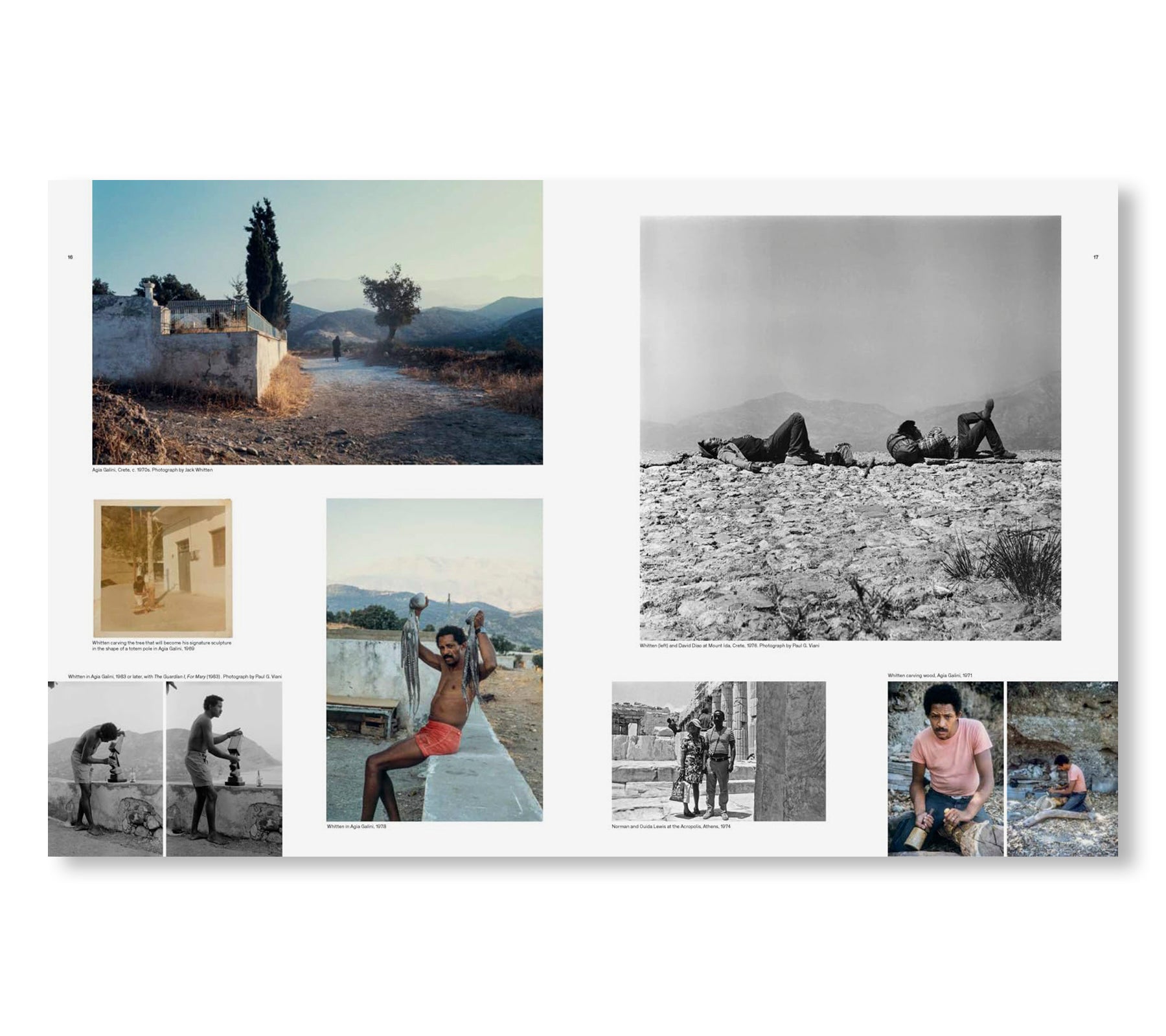

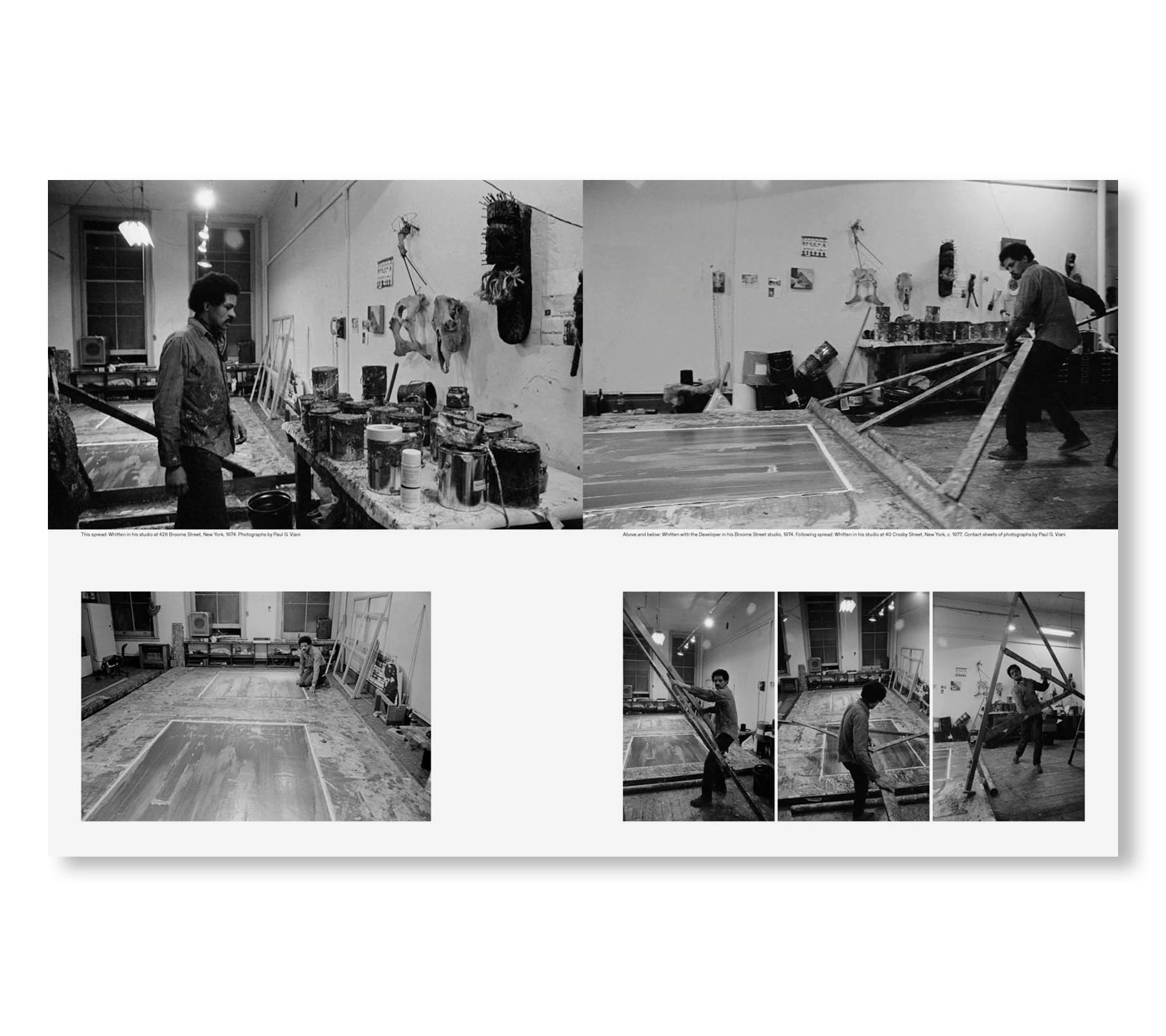
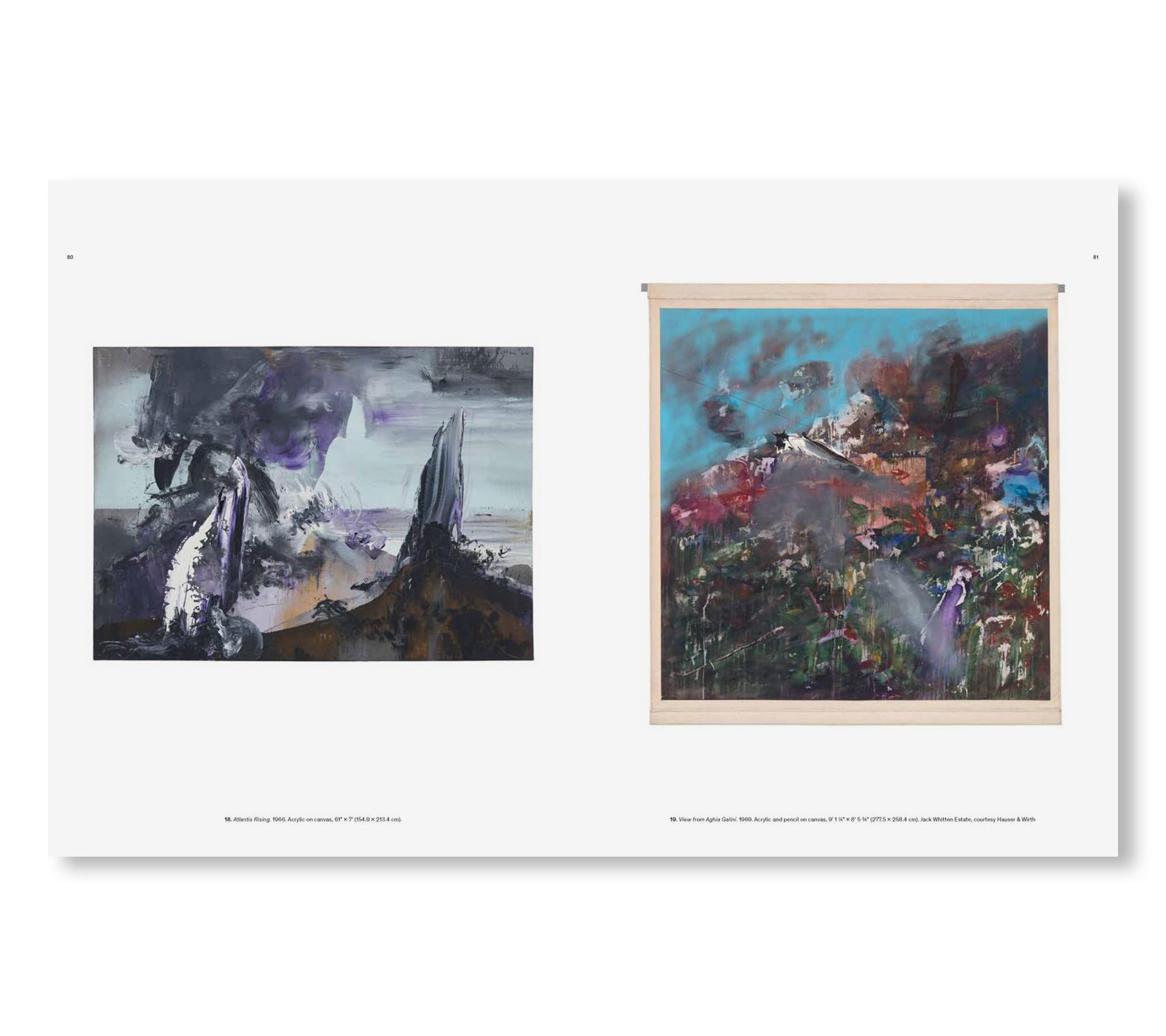
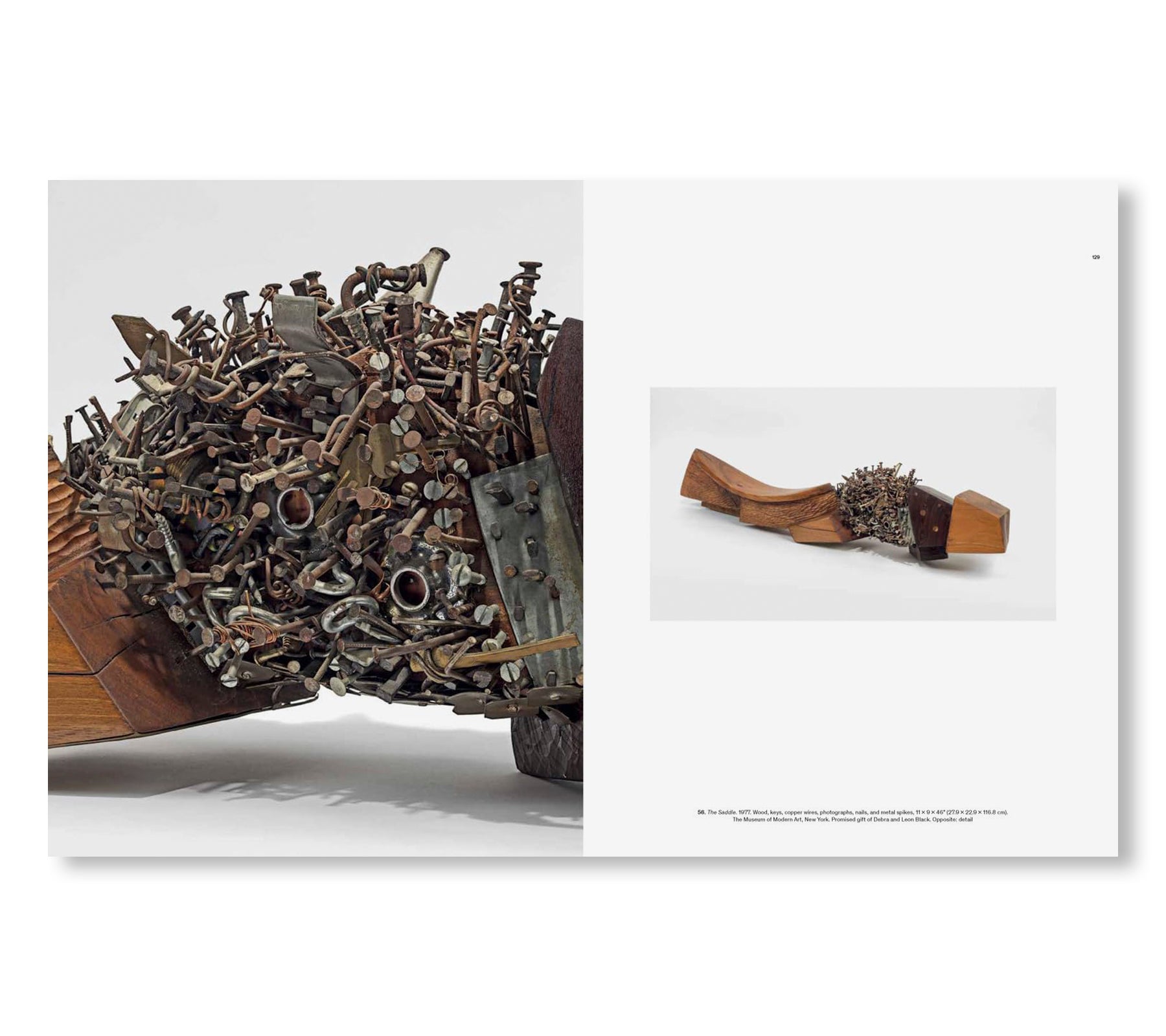
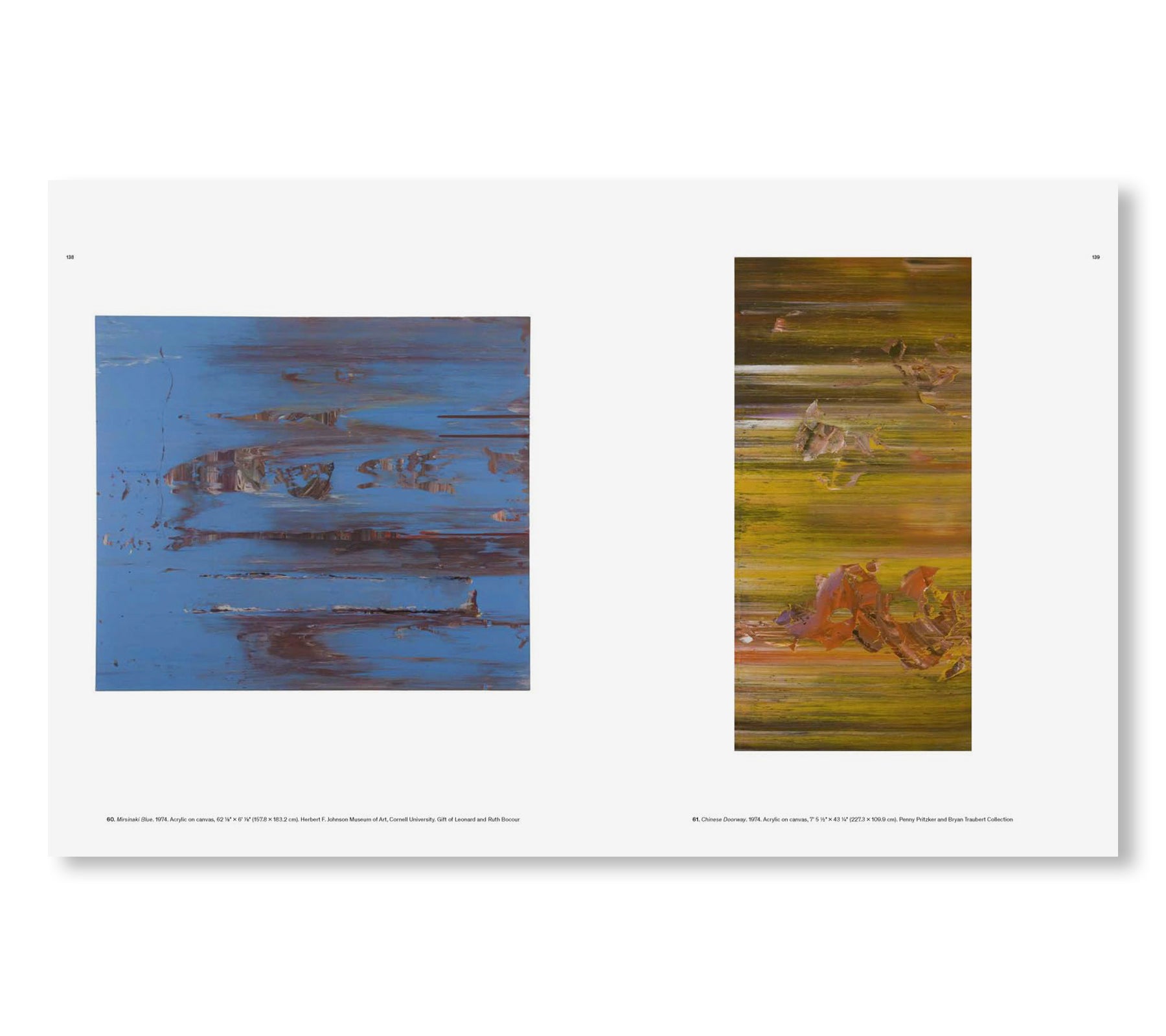
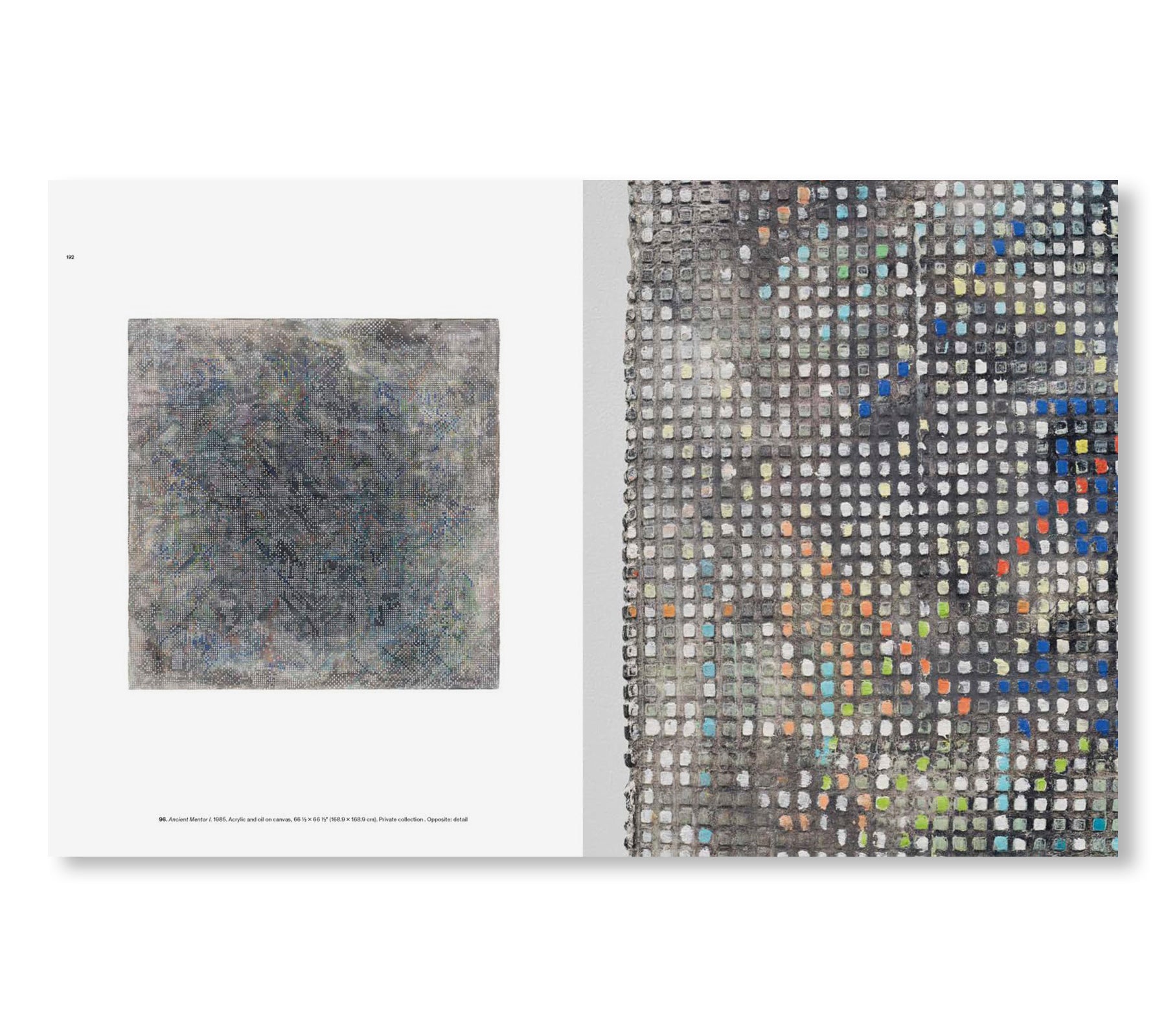
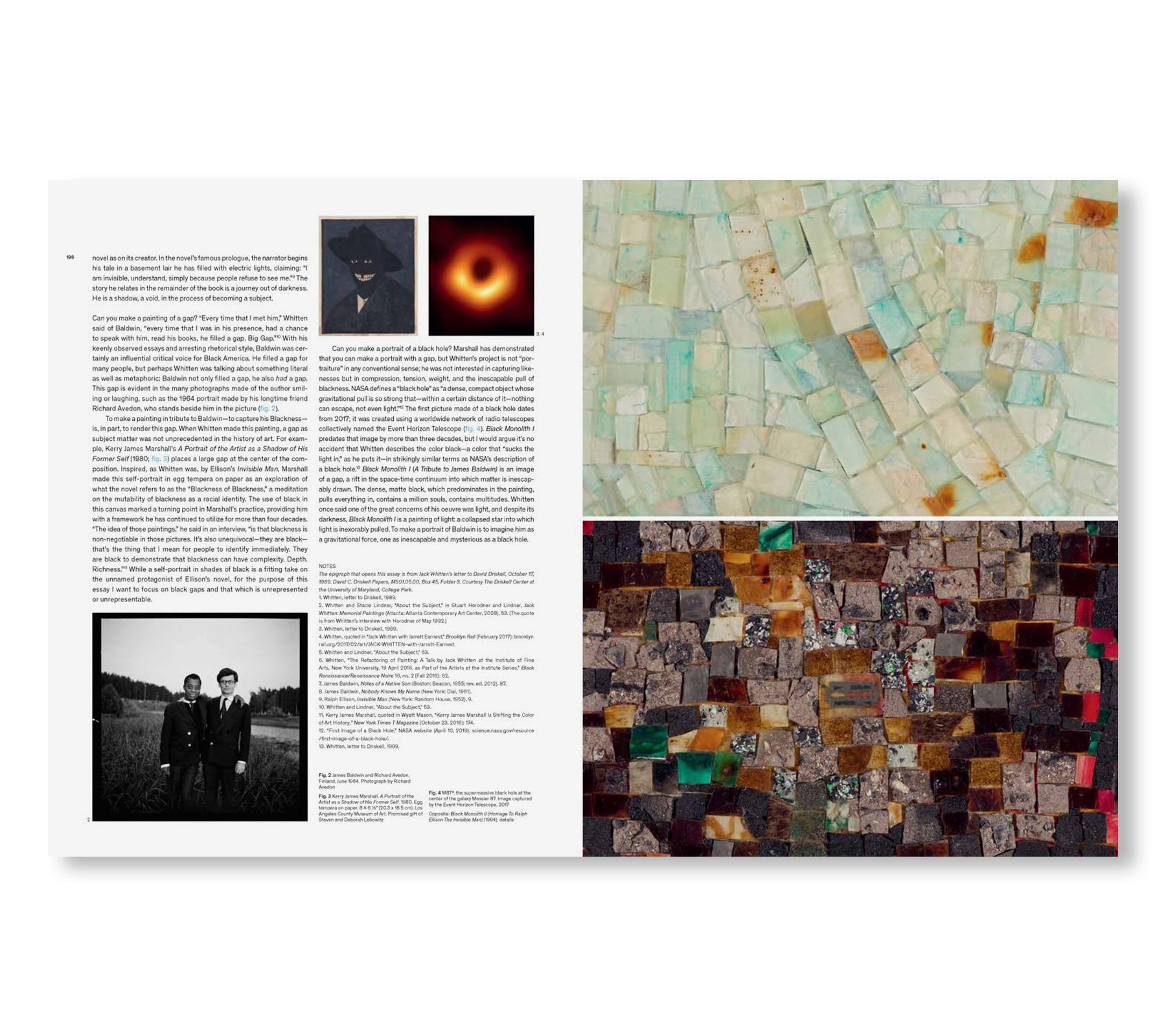
![NOTES FROM THE WOODSHED by Jack Whitten [NEW EDITION]](http://twelve-books.com/cdn/shop/files/00_7d049e8c-b90a-498e-a8bd-20a1dd7638ad_large.jpg?v=1745565551)
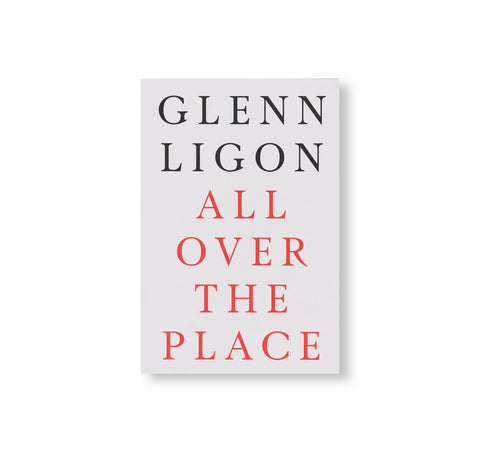
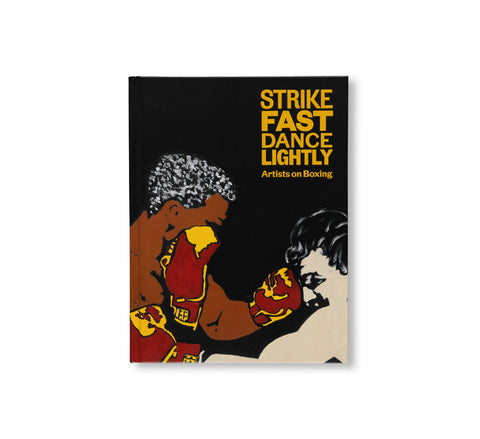
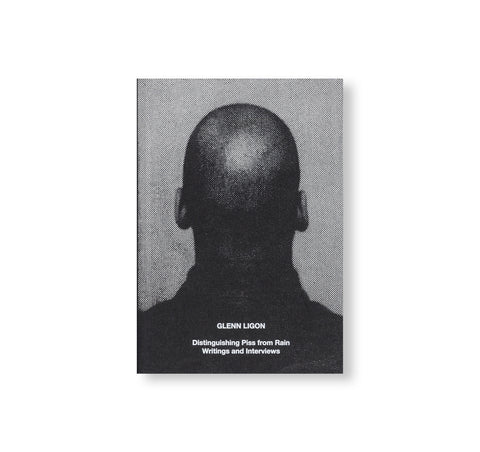
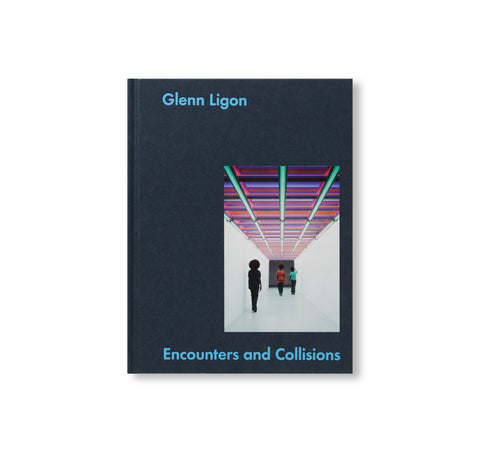
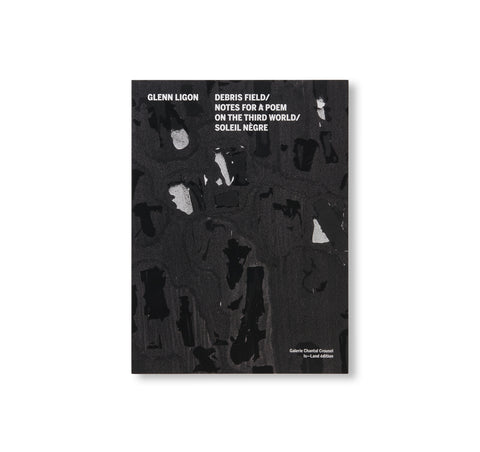
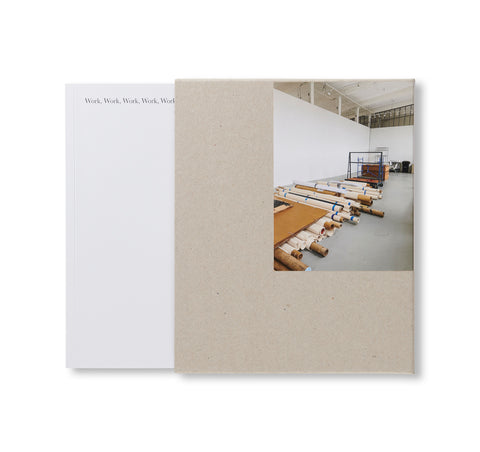
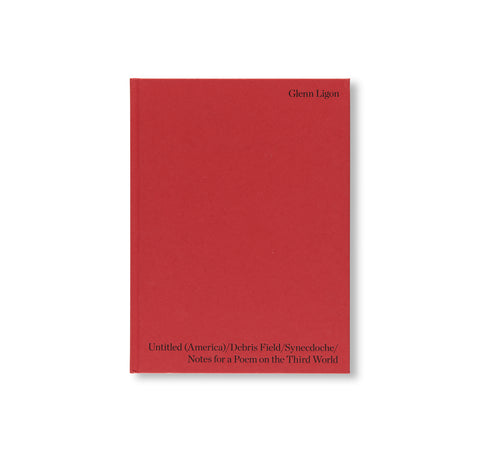
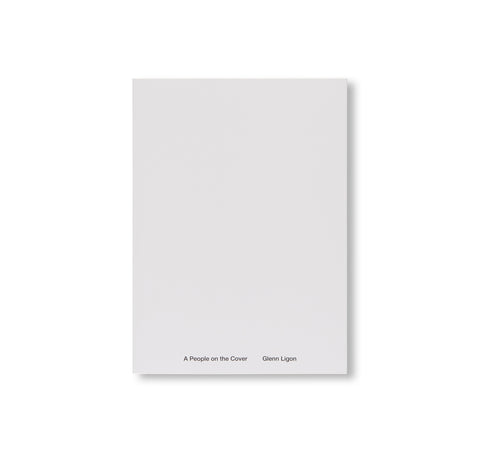
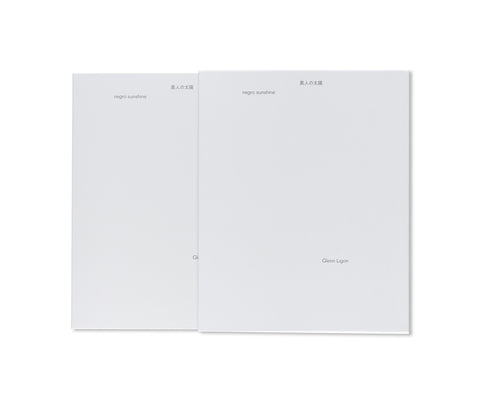

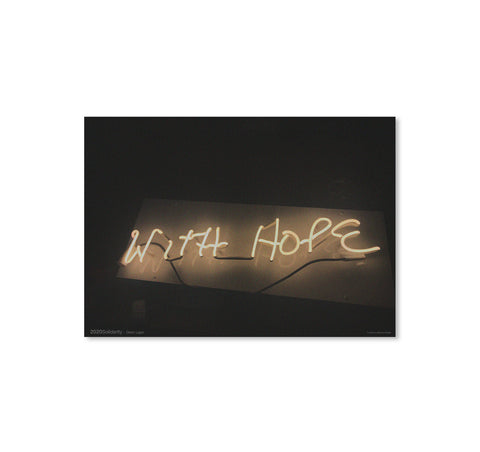
![SHADOWS LIFTED FROM INVISIBLE HANDS by James Hoff [LP]](http://twelve-books.com/cdn/shop/files/ShadowsLiftedfromInvisibleHands_01_large.jpg?v=1721968150)
